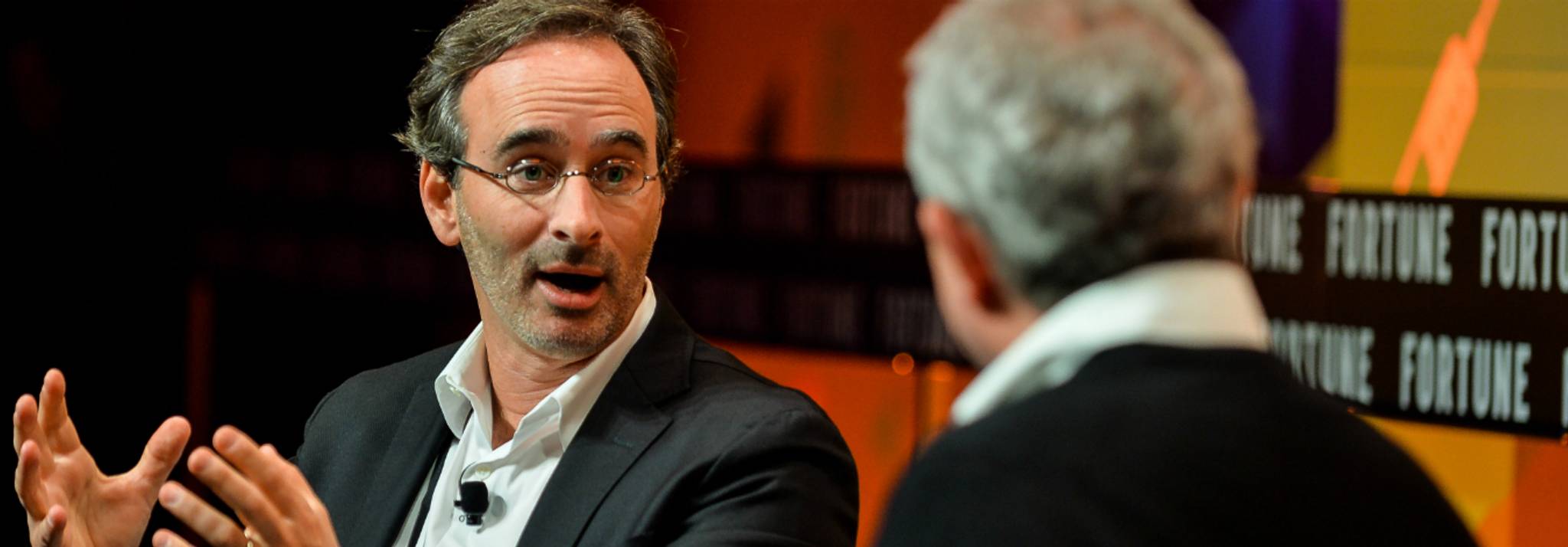
Confidence plays a pivotal role in how we assess and tackle tasks, and Ed Smith – a journalist and former cricketer – believes this to be true both on and off the cricket pitch. He makes the point that confidence plays a pivotal role in how we interpret the world and make these decisions. In his book What Sport Tells Us About Life, he argues that confidence is not a precursor to being right, but in certain domains and depending on the type of confidence, it really can lead to better decision making. Following Smith’s talk at Nudgestock 2017, we explore the different types of confidence people have, the role that it plays in decision making and how it can influence consumer behaviour.
Smith asserts that confidence can be expressed in two forms. The first is ‘external confidence’ – a feeling of confidence based on merit and the results of previous actions. For example, we’ve all been in situations where we feel confident that a particular outcome will happen, having weighed up all the possible options based on prior experience. The problem with external confidence is that it comes at a cost of time and energy; one marketing strategy is to de-risk the decision by saying we’re the best, we’ll save you the time and energy of checking out all the others, just come to us.

The other is ‘internal confidence’ – a feeling that one is particularly capable and has unique abilities that will help us ‘figure things out’. This kind of confidence makes people opportunistic, which in sport is a good thing – having the confidence to play a stroke (be that tennis, cricket or golf) that others may find unusual or risky. But it can also cause people to make rash decisions, that they never otherwise would have made.
Both types of confidence have pros and cons for businesses and consumers alike. But by understanding people’s different levels of confidence, businesses can understand the language and information they need to aid them with a decision. For example, a person lacking external confidence may need more facts and information about the product to reassure them that they're making the right decision – which may explain some of the 82% of people who research online before making a big ticket purchase. A person lacking internal confidence may need the motivational support to take the jump. For advertisers, this means getting them excited or selling them on a vision of the future that inspires action. A great example of this is the recent work by Pepsi and Nike aimed at getting more women into sport through the use of powerful advertising that creates a hopeful vision of both the present and future.
Jacob Broman-Minish is a consumer behaviour specialist at Canvas8, which specialises in behavioural insights and consumer research. He comes from a strong strategic marketing background and is an avid reader of The Art of War. Jacob’s dyslexic tendencies means he approaches topics in a backwards nature, providing a lateral approach.



